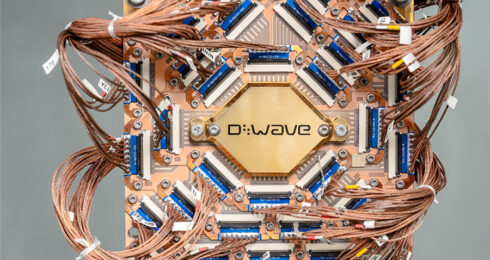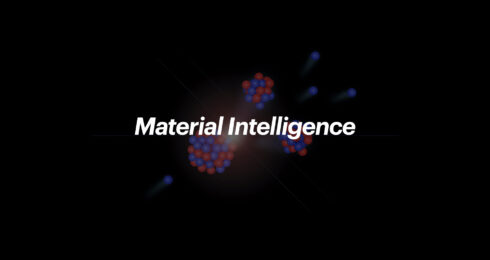Teaching Science Through Demonstrations
,
On April 5 UBC hosted activities and lab tours for students participating in the Greater Vancouver Regional Science Fair (GVRSF).
,
The regional science fair is open to over 100,000 students from grades 7 to 12 attending public, independent, private and home schools in 10 Lower Mainland school districts. Its mission is to encourage youth to conduct research and experimentation in the areas of Science, Technology, Engineering, Arts, and Mathematics (STEAM).
,
With UBC Faculty of Science, SBQMI participated in the event by hosting a demonstrating of its magnetic levitation track before 30 high school students. The experiment involves “floating” a superconductive material above a circular track made up of magnets. Participants were given an interactive introduction to electromagnetic properties and superconductivity by James Day, a research associate working in condensed matter and Pinder Dosanjh, Technical Operations Manager for SBQMI.
,
“In terms of science education, the reason why demonstrations are important is because it connects the phenomena that we are looking at with something tangible,” says Dosanjh.
,

,
,
“When someone can see and physically experience an important effect like magnetism, the physics is easier to explain and understand. We want people to see science as fun… because if it isn’t fun then why would you do it?”
,
,
,
“I’ve been doing demonstrations for high school and elementary kids in the Lower Mainland for thirty years and I started giving demonstrations because I was interested in showing the science and seeing the kids have fun. A lot of people have contributed to the program. Over the years, we’ve tailored these demos into something that’s technical, hands-on and educational.”
,
Over time, the demonstration itself has become easier because of changes in the use of materials. The demo requires the use of a cryogenic fluid (coolant) in order to achieve superconductivity in materials. Originally, liquid helium was the preferred coolant but liquid nitrogen is now preferred as a cheaper and more portable alternative, allowing for a more interactive demonstration. By making science more interactive, scientists are able to involve participants more closely in the phenomena they are researching.
,
Below: James Day explains different states of matter during a demonstration organized by UBC Science hosted at SBQMI.
,
Photography: Paul Joseph, UBC Brand and Marketing, Sophia Han
, Contact: communications@qmi.ubc.ca


